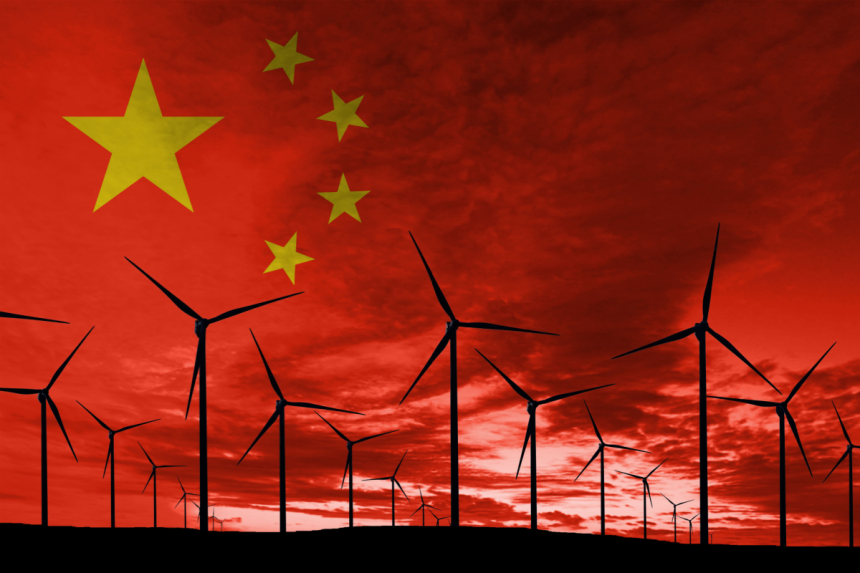A Solar Surge of Unprecedented Scale
In April 2025, China installed more solar capacity in a single month than Australia has managed across its entire history. This milestone illustrates not Australia’s shortcomings, but the staggering pace at which China is embracing renewable energy. The transformation is not rooted in climate altruism, but in national priorities: reducing dependence on fossil fuel imports and tackling pollution that once choked its cities and waterways.
Analysts argue that China’s transition marks the beginning of the “electrostate” era, where modern economies are rebuilt around clean technologies rather than fossil fuels. “Once the new direction is set, the momentum will become self-sustaining. Reversal is impossible,” said Muyi Yang of the think tank Ember.
From Factory of the World to Clean-Tech Powerhouse
At the end of the 20th century, China’s industrial rise was powered by coal, leading it to surpass the US as the largest emitter by 2006. Severe smog and polluted waterways forced Beijing to rethink. The pivot came through Made in China 2025, a plan to upgrade its manufacturing base and dominate high-tech sectors like solar, wind, batteries, and electric vehicles.
The state backed these industries with subsidies, strategic supply chain planning, and policy consistency. Within a decade, China became home to half of the world’s solar, wind, and EV production. In April alone, 45.2 GW of solar capacity was added, surpassing Australia’s cumulative total. Clean energy now contributes more to GDP than real estate, once the engine of China’s economy.
Emissions, Exports, and Global Influence
Despite rapid coal plant construction, China’s renewable rollout is shifting emissions. Analysts note emissions dropped by 1.6% in early 2025, a potential peak for the world’s largest emitter. Meanwhile, China’s exports of solar panels, EVs, and batteries are cutting global emissions, offsetting their manufacturing footprint within a year of use.
This surge is reshaping international markets. Chinese-made electric cars are already gaining traction abroad, and its clean-tech exports lowered emissions outside China by 1% in 2024 alone. As Climate Energy Finance’s Caroline Wang observed, “They’ve made themselves indispensable in the new kind of global economy.”
Energy Security and the End of the Petrostate
Unlike the US, which remains self-sufficient in fossil fuels, China’s reliance on imports drove its electrification strategy. By expanding renewables, it is reducing vulnerability to oil shocks and charting a new path toward energy security. The International Energy Agency projects China will reach peak oil consumption in 2027, a shift already influencing global demand forecasts.
This transformation could redefine geopolitics. Where the 20th century was dominated by petrostates, the 21st may be shaped by countries producing their own stable, low-cost electricity. For resource exporters like Australia, the risk lies in underestimating how quickly global demand for coal and gas could collapse.
For observers like Wang, China’s shift provides hope: “If the world’s largest emitter can transform in a decade, others can follow. There are lessons here for every country navigating the energy transition.”






